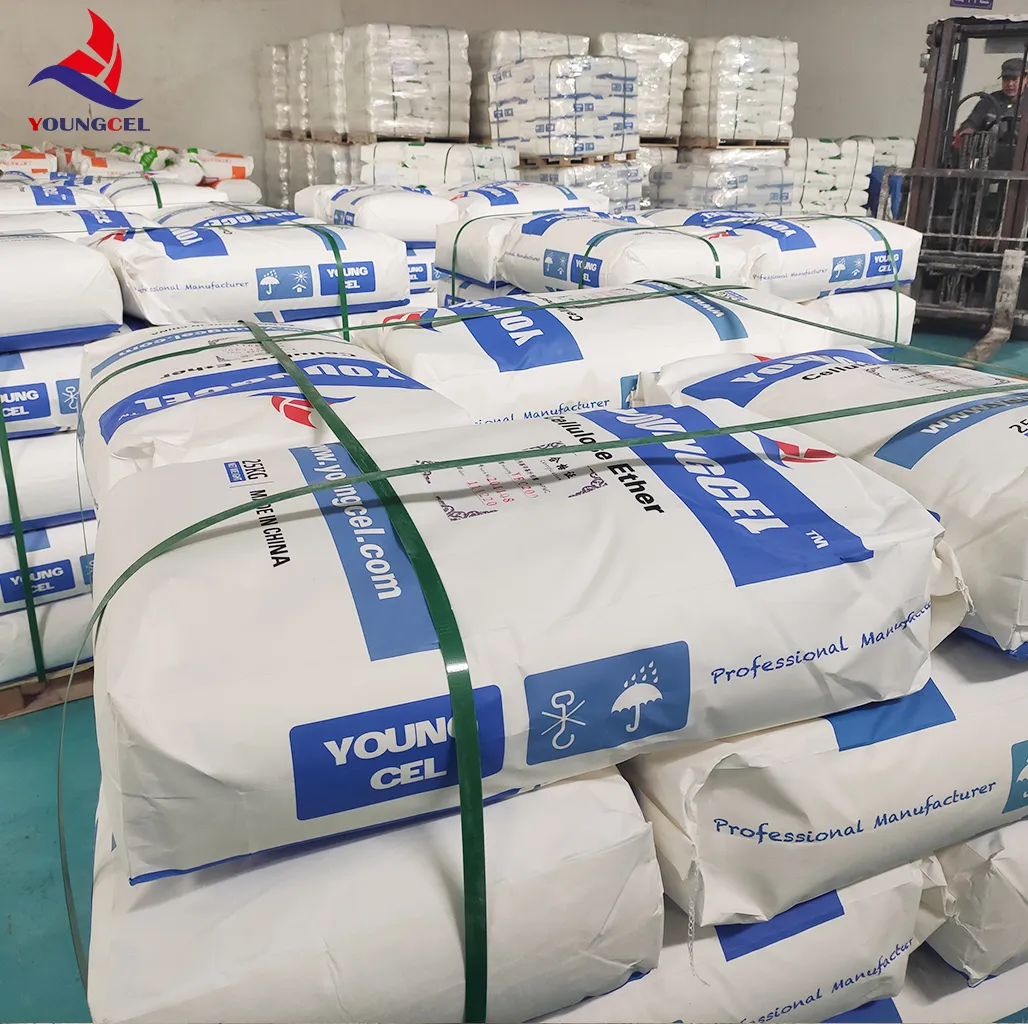The Role of Cellulose Ether in Modern Applications
Cellulose ether, a vital derivative of cellulose, has garnered significant attention in various industrial sectors due to its versatility and unique properties. Derived from natural cellulose, it is modified to enhance its performance and functionality in multiple applications, including pharmaceuticals, construction, food production, and cosmetics.
The Role of Cellulose Ether in Modern Applications
In the construction industry, cellulose ether plays a crucial role as a polymer additive in cement-based products. It enhances workability, water retention, and adhesion, ultimately leading to improved application properties. For instance, HPMC is used in tile adhesives and plaster, allowing for extended open times and better bonding, which are essential for achieving high-quality construction finishes. Moreover, the water-retention capacity prevents premature drying of mortar and plaster, which can lead to cracks and other defects.
china cellulose ether

Cellulose ether's applications extend into the food industry as well. It serves as a thickening agent, stabilizer, and emulsifier in various food products. For instance, CMC is frequently utilized in ice creams to improve texture and prevent ice crystal formation, while also enhancing the mouthfeel of low-fat products. Its ability to control viscosity and stabilize emulsions makes it an invaluable ingredient in sauces, dressings, and dairy products, catering to the growing demand for clean-label formulations.
In cosmetics and personal care products, cellulose ether is a key component due to its film-forming and thickening properties. It is found in lotions, creams, and gels, providing a smooth texture and enhancing skin feel. Additionally, cellulose ethers play a vital role in stabilizing emulsions in products such as shampoos and conditioners, ensuring a consistent and appealing end product.
Sustainability is also an essential aspect of cellulose ether. Being derived from renewable plant sources, it aligns with the growing trend towards environmentally friendly materials. As industries aim to reduce their carbon footprints and reliance on synthetic additives, cellulose ether offers a viable alternative that meets both functional and ecological criteria.
In conclusion, cellulose ether is a multifunctional material that plays a pivotal role in diverse industries. Its unique properties, such as viscosity enhancement, stability improvement, and emulsification capabilities, make it indispensable in pharmaceuticals, construction, food production, and cosmetics. As demand for sustainable and efficient materials rises, cellulose ether is poised to remain an integral part of innovation and development across various sectors, emphasizing the importance of this remarkable biopolymer in modern applications.
-
Rdp Powder: Key Considerations for Wholesalers in the Building Materials IndustryNewsJul.08,2025
-
Key Considerations for Wholesalers: Navigating the World of Hpmc - Based ProductsNewsJul.08,2025
-
Hpmc Detergent: Key Considerations for WholesalersNewsJul.08,2025
-
Key Considerations for Wholesalers: China Hpmc For Tile Adhesive, Coating Additives, Concrete Additives, and MoreNewsJul.08,2025
-
Crucial Considerations for Wholesalers: Navigating the World of Construction MaterialsNewsJul.08,2025
-
Key Considerations for Wholesalers Sourcing Additive For Cement, Additive For Concrete, Additive For Putty from Additive Manufacturer Shijiazhuang Gaocheng District Yongfeng Cellulose Co., Ltd.NewsJul.08,2025




